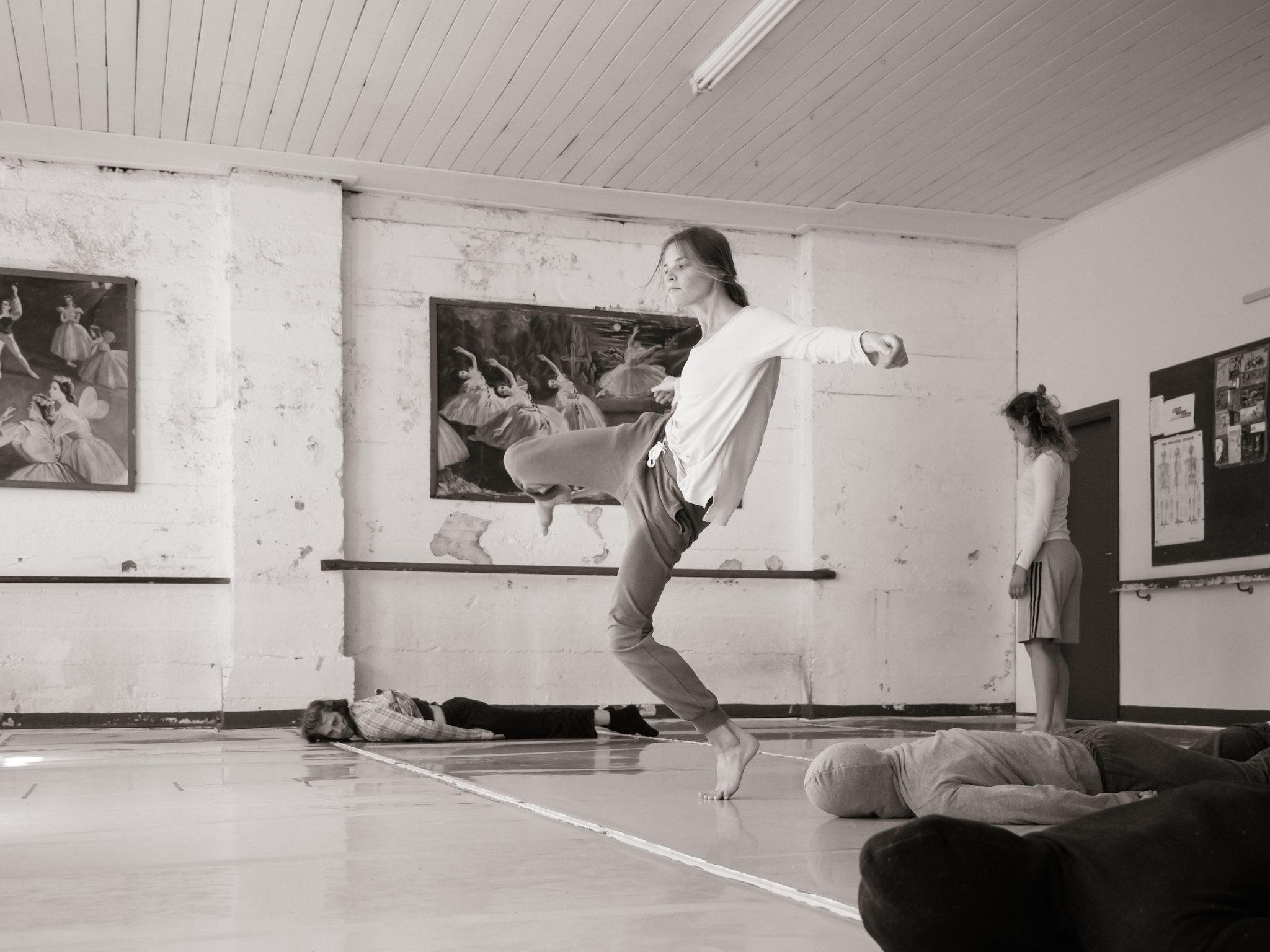Author: Julia Milsom
Source: Theater Review
Date: June 7 2014
Should dance be a consumer product spoon fed to us to brighten up our day like soft serve television? Or, can dance be something that we have to work a little harder for – something that forces us into a place of not knowing, a place of discomfort?.
I think it should at the very least challenge us in some way. Art should be a place where both artist and audience alike are seeking new perspectives and practising the art of asking questions.
Footnote are endeavouring to support artists who are trying to do exactly that in different ways. And it is a bold and brave place to position itself in the political and artistic climate of New Zealand. I appreciate that these ideas were raised for me while I watched this show.
Can dance be political? Should it be? What form should these political statements take and from what traditions of dance do these politics arise?
I was very intrigued by Footnote NZ Now 2014 season. The title suggests the works are about the here and now – and addressing what that means. So here and now: an election year, a Wellington-based government funded company are touring to other centres and in Christchurch, and here the works are framed by the cardboard walls of our transitional cathedral. Beautiful young bodies work hard to engage with the politics of each of the works. The context seems to be a loaded gun of church and state proportions.
I am well aware of the freedom of process and content that Footnote gives to its choreographers (albeit generally under tight time constraints). It was fascinating to see that all the artists seemed to want to explore and express politics and the body politic in one way or another.
Craig Bary’s work, Depends on You, wants us to ‘catch a glimpse’ into the politics of sexuality. The highlight of the work was a small, subtle solo by Olivia Macgregor. She is in fact a strong presence throughout the evening. A beauty of Milla Jovovich proportions who is not afraid to be anything but beautiful. Her movement in this work was unfamiliar and tantalising – a forbidden body perhaps but not a body afraid to explore, opening itself up to the audience to make fresh discoveries. I would have loved this to have been explored more deeply and perhaps it is in the full-length work. I did question the reasoning behind presenting excerpts of a full work in a triple bill evening. It seemed that in this format the work fell shy of being able to address any unexplored territory pertaining to the politics of sexuality.
Lyne Pringle’s work Thin Air aims to be far more explic at stating her politics in relation to the environment. One technique employed is the use of text in various ways – titles on costumes such as “Optimist Dreamy’ and “Business as Usual”, sound bytes from National Radio with well-known radio personalities including Kim Hill, who we hear ask the question; “what’s the difference between art and propaganda?” as well as the dancers adding to pre-recorded sound effects in a comic faux fight scene. I found myself asking if dance needs these ‘sign posts’ to be able to make sense and state a political position? Pringle finishes her work shortly after ‘business as usual’ falls on his own sword, proposing a future whereby a delicate ecosystem is supported by a sense of community body.
Olive Bieringa and Otto Ramstad come from a very different political perspective with Low. In fact they come from a different tradition of contemporary dance, mainly having trained and made work in the US. The political positioning seems about dance and the body itself. It was great to see quotes from the dancer’s perspectives of the work and process in the programme notes – to me a statement of a shifting of power positioning between dancers and choreographers. So rarely are dancers actually given a voice in this way. The company all seem well informed and embody this work with integrity. Bieringa and Ramstad manage to challenge while still making us smile, using somatics as the vehicle for the material while still employing a sense of outward presentation with complex physical narratives. There is an ancient and ritualistic feeling to this work but it does feel of the here and now.


